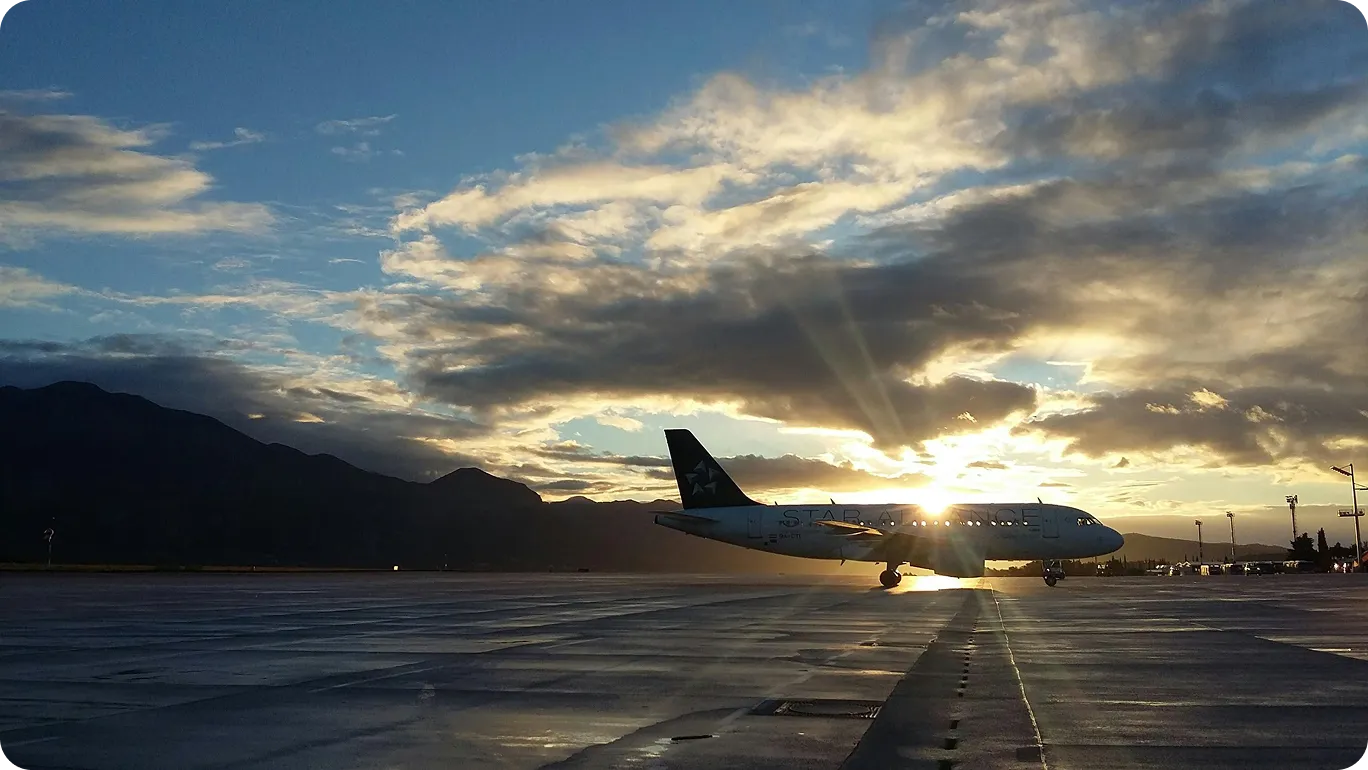コンピュータビジョンは石油・ガス業界を変革しています。蒸気検知や貯蔵タンク監視などのアプリケーションにUltralytics YOLOv8を使用する方法をご紹介します。

コンピュータビジョンは石油・ガス業界を変革しています。蒸気検知や貯蔵タンク監視などのアプリケーションにUltralytics YOLOv8を使用する方法をご紹介します。

石油・ガス産業は、私たちの日常生活に大きな役割を果たしている。あなたの車に積まれているガソリンは、広大なネットワークを通じて調達され、処理されている。様々なセグメントや業務が集まって石油・ガス産業を形成しており、AIはこれらの業務の多くに適用することができる。実際、石油・ガス市場におけるAIの市場規模は2029年までにほぼ倍増し、57億ドルに達すると予想されている。
特にAIの一分野であるコンピューター・ビジョンは、こうした業務の運営方法を劇的に改善するために利用できる。 地下を蛇行するパイプラインの広大なネットワークから、数マイル下から石油を抽出するそびえ立つリグに至るまで、コンピュータ・ビジョンは業界に新しい目のセットを提供します。この記事では、Ultralytics YOLOv8が石油・ガス業界のいくつかの重要な分野を変革するためにどのように使用できるかを探ります。さっそく本題に入ろう!
石油・ガス産業は、主に上流、中流、下流の3つのセグメントに分けられる。石油・ガスの上流部門では、探鉱と生産が中心である。地質学者やエンジニアが石油やガスの鉱床を探し、掘削して採掘する。そこからが中流部門である。石油・ガスの中流部門は、パイプライン、タンカー、トラックを使って原料を精製所や貯蔵施設に輸送する。最後に、川下企業が原油や天然ガスを精製し、ガソリン、ディーゼル、ジェット燃料、各種石油化学製品などの有用な製品を製造する。
.png)
コンピュータ・ビジョンは、石油・ガス産業のあらゆる分野に応用できる。カメラが作業を監視できる場所であれば、ほとんどどこでもコンピュータ・ビジョンが介入し、作業を効率化することができます。物体検出、画像セグメンテーション、物体追跡などの様々なコンピュータ・ビジョン・タスクは、視覚データから貴重な洞察を引き出すために使用することができます。
ここでは、石油・ガス産業の各分野でコンピュータ・ビジョンが応用できる例をいくつか紹介する:
石油・ガス産業における従来のアプローチは、非効率的でエラーが発生しやすい、限定的なデータ分析を伴う手作業プロセスに依存することが多い。このような方法には通常、人間による検査が含まれ、人間が大量のデータを迅速かつ正確に処理することは困難です。その結果、意思決定の遅れ、予期せぬ機器の故障、ダウンタイムの増加など、コストのかかる結果を招きかねない。
機械学習、特にコンピューター・ビジョンは、石油・ガス業界に多くの利益をもたらすことができる。データをより正確に分析し、より良い意思決定と円滑な操業につながる。コンピューター・ビジョンは、設備、インフラ、作業員をリアルタイムで監視し、問題が起こる前に予測し、ダウンタイムを削減することができる。機械学習のイノベーションは最終的に、石油・ガス産業におけるコスト削減と生産性・安全性の向上に貢献する。
Ultralytics YOLOv8 モデルは、複数のコンピュータビジョンタスクをサポートし、石油・ガス産業向けの革新的なソリューションを作成するために使用することができます。YOLOv8が、探査の強化、安全性の向上、メンテナンスプロセスの最適化など、様々なユースケースにどのように適用できるかを詳しく見てみましょう。
石油・ガス産業では、蒸気は石油回収や精製作業などのプロセスで重要な役割を果たしています。蒸気漏れとその発生源を正確に検知することで、企業は潜在的な危険を防ぎ、最適な運転条件を維持し、エネルギー効率を向上させることができます。従来の蒸気検知方法は、手作業による検査や単純なセンサーに頼ることが多く、微妙な漏れや断続的な漏れを見逃す可能性があります。当社では、コンピュータ・ビジョンを使用して蒸気を適切に識別・区分し、これらのプロセスが効率的かつ安全に実行されるようにします。

YOLOv8は、インスタンスのセグメンテーションというコンピュータービジョンのタスクをサポートしている。そのため、YOLOv8モデルを使用することで、従来のセンサーが機能しないような複雑な環境でも蒸気を検出することができる。YOLOv8モデルは、ラベル付けされた蒸気の画像のデータセットで訓練することで、そのユニークな特徴を認識することができる。訓練されたモデルは、重要なエリアをカバーするビデオフィードのフレームを処理し、シーン内の他の要素から蒸気を区別することができます。迅速な識別と正確なセグメンテーションは、オペレーターの決断を助け、検出された問題に即座に対処することができます。
貯蔵タンクは、石油・ガス産業で原油、精製品、その他の物質を貯蔵するために使用される。これらのタンクの完全性と適切なメンテナンスは、漏洩、汚染、その他の安全上の危険を防止するために不可欠である。タンクの状態を監視するには定期的な検査が必要だが、手作業による検査は時間がかかり、すべての潜在的な問題を効果的にカバーできるとは限らない。

YOLOv8-OBB(Oriented Bounding Box)モデルは、任意の方向を持つ物体の検出と位置特定に特化して設計されています。航空写真から貯蔵タンクを特定するのに最適です。タンクを検出した後、さらに処理をして背景からタンクをセグメント化し、錆の斑点や構造的な変形などの特定の特徴を識別することもできます。自動化された検出プロセスは、貯蔵作業の安全性と効率をより良く維持することができます。
石油・ガス産業の現場では、職場の安全を維持するために、全員が必要な個人用保護具(PPE)を着用しなければなりません。PPEには、ヘルメット、手袋、安全眼鏡、高視認性衣服など、潜在的な危険から作業員を保護するアイテムが含まれます。PPE要件の遵守を監視することは、特に手作業による検査が現実的でない大規模または複雑な施設では、困難な場合があります。

YOLOv8は、作業員が必要な安全ギアを自動的に着用しているかどうかを識別するために物体検出を使用することにより、PPEの検出を簡素化します。このモデルは、PPEを着用している作業員と着用していない作業員の画像で学習させることができ、両者を区別できるようになります。施設周辺に設置されたカメラからのリアルタイムのビデオフィードを処理することで、YOLOv8はコンプライアンス遵守または非遵守を迅速に識別することができます。この即時フィードバックにより、安全規制を遵守するための迅速な是正措置が可能になります。
製油所や掘削現場のような石油・ガス施設内での車両の移動は、最大限の効率を達成し、アイドル時間を避けるために慎重に管理する必要があります。車両の位置と行動を監視することは、事故を防ぎ、交通の流れを最適化し、車両が適切に使用されているかを追跡するのに役立ちます。手作業による追跡方法は、特に大規模で混雑した環境では、非効率的でエラーが発生しやすくなります。
.png)
YOLOv8は、車両追跡や物体追跡による監視のための効果的なソリューションとなり得ます。YOLOv8は、戦略的に配置されたカメラからのビデオ・フィードを分析することにより、リアルタイムで車両を検出し、追跡することができます。上に示した例は、一般的な道路交通に適用したものですが、石油・ガス現場での車両監視にも同様に有効です。このモデルは、各車両を識別し、その動きを監視することで、交通パターンや潜在的な安全問題に関する貴重なデータを提供することができます。
コンピューター・ビジョンは石油・ガスにエキサイティングな可能性をもたらすが、これらのソリューションの実装にはいくつかのハードルもある。大きな課題のひとつは、AIが学習できるきれいな画像を得ることだ。リグのようなこの業界の環境は、汚れていたり、照明が弱かったり、常に変化していたりするため、不鮮明で一貫性のない映像はコンピューター・ビジョン・システムを混乱させる。
また、古いカメラシステムは、コンピュータ・ビジョンが効果的に機能するために必要な詳細をキャプチャするのに十分な高解像度でない可能性があります。カメラ・インフラをアップグレードするには、多額の投資が必要になります。これらのカメラで撮影された機密データの取り扱いは、さらに複雑さを増します。石油・ガス会社は、潜在的なデータ漏洩から保護するために、強固なサイバーセキュリティ対策を講じる必要がある。石油・ガス産業へのコンピュータ・ビジョンの導入には課題がありますが、将来は明るいと思われます。AIコミュニティは、これらのハードルに対処するために積極的に技術革新を行っている。
AI、特にコンピュータ・ビジョンとYOLOv8のようなモデルは、石油・ガス産業のオペレーションを変えつつある。コンピュータ・ビジョンは、蒸気検知や車両追跡などのユースケースを通じて、探査やメンテナンスを改善することができる。AIが進化し続けるにつれて、石油・ガスの未来においてさらに画期的なアプリケーションが登場することが期待できる。
AIに興味がありますか?最新のアップデートや洞察を得るために私たちのコミュニティに参加し、私たちのGitHubリポジトリをチェックしてください。また、コンピュータ・ビジョンがヘルスケアや 製造業などの産業でどのように利用できるかを探ることもできます!


.webp)